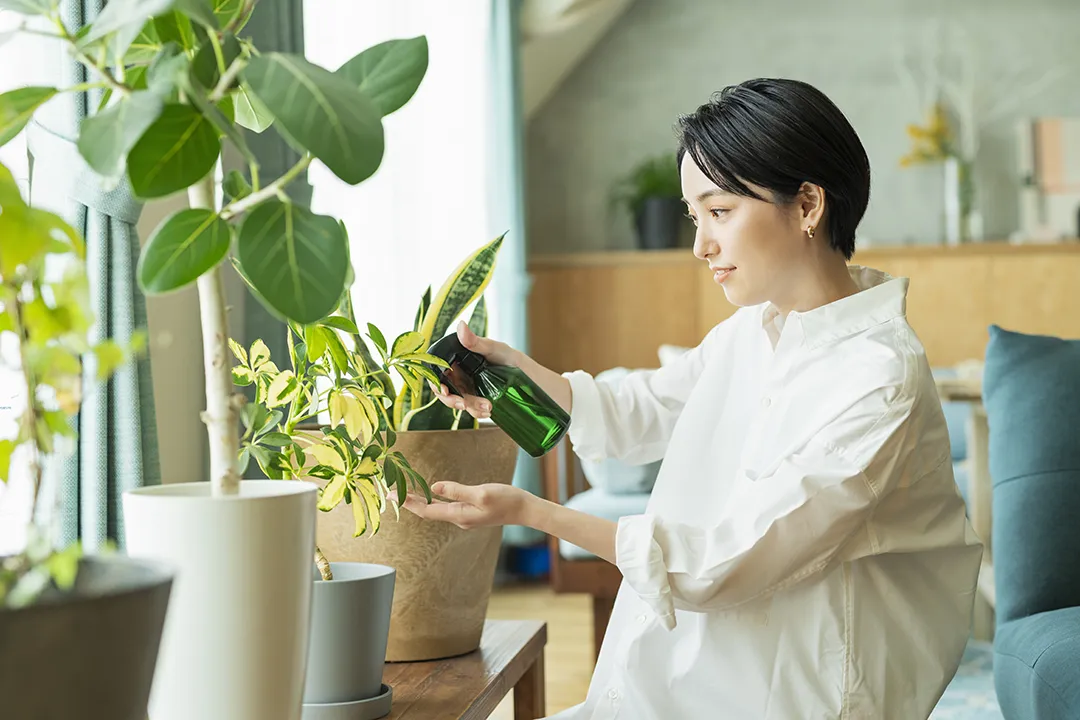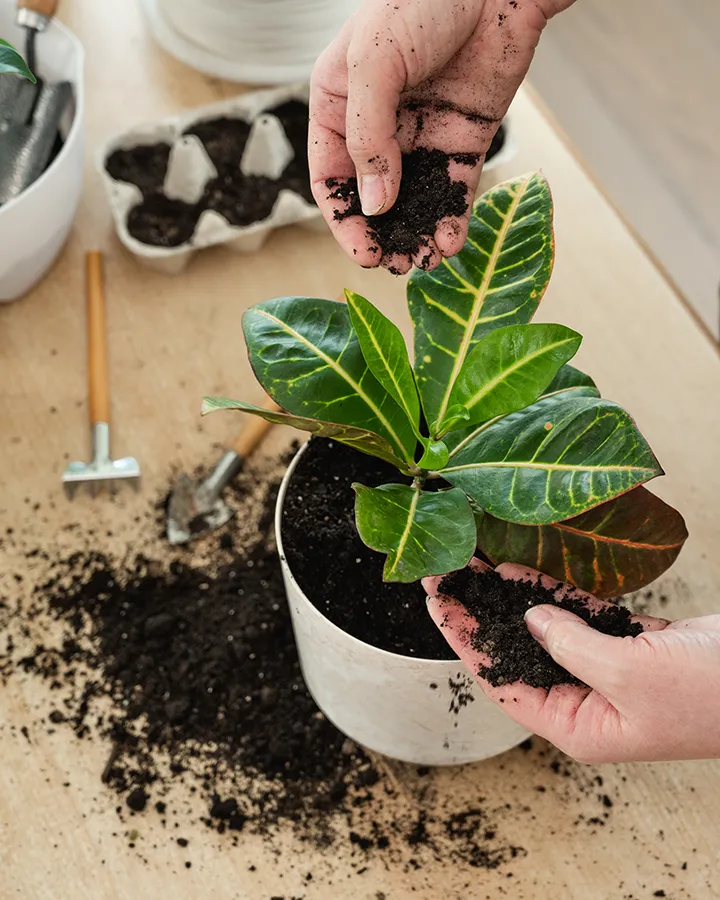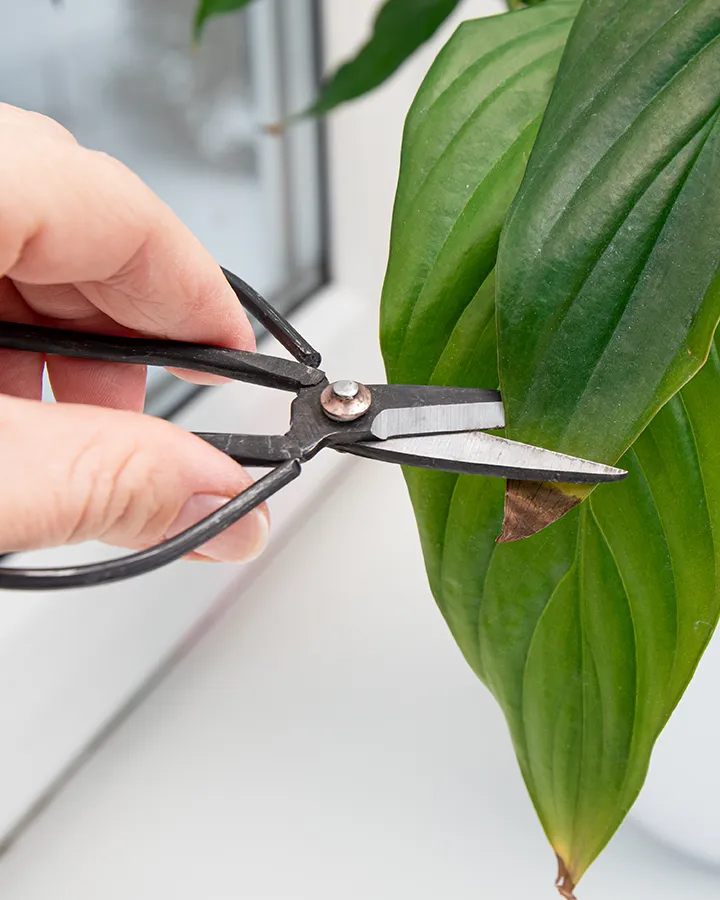
Discover the joy of indoor plants! Since the COVID-19 pandemic, houseplants have taken over as a must-have for interior decorating. From hanging greenery to statement plants, bringing the outdoors in has never been trendier—or more beneficial. Studies show that houseplants can reduce stress, boost mood, and even improve productivity. If you’re ready to become a plant parent but don’t know where to start, this beginner-friendly houseplant care guide has you covered.
Choosing the right houseplants for your space
Selecting the perfect plant for your home is all about understanding your space and lifestyle. When shopping for your new green friend, take a moment to research its care needs. Will it thrive in your environment? Here’s what to consider:
- Light Requirements: Does your space offer direct, indirect, or low light?
- Humidity: Bathrooms might suit tropical plants, while kitchens may dry them out.
- Maintenance Level: Choose plants that match the level of care you’re ready to provide.
Pro Tip: Check out online guides or apps to find plants suited for beginners, like pothos, spider plants, or ZZ plants.

Indoor plant care: Preparation
Taking care of houseplants might seem overwhelming, but it’s easier than you think! Here’s what you need to know:
Light
Plants need light to grow, but different varieties have unique needs:
- High Light Plants: Cacti and succulents thrive in sunny spots like windowsills.
- Low Light Plants: Snake plants and philodendrons grow well in shaded areas.
Avoid sudden temperature changes, as they can stress your plants.
Temperature & Humidity
Many houseplants come from tropical climates and prefer warmer temperatures:
- Ideal Temperature: Between 70–81°F.
- Humidity: Increase moisture with a humidifier or by grouping plants together.
Pro Tip: Even artificial lights like LEDs can work for some plants! Check out our blog on the top five low light plants here.
Containers & Drainage
Proper pots are key to healthy houseplants:
- Always use containers with drainage holes to prevent root rot.
- Choose a pot size that allows for growth but isn’t too large.
Pro Tip: Never repot a struggling plant; it can worsen its condition.
The Right Soil
Opt for high-quality potting mix instead of outdoor soil:
- Standard potting mix works for most plants.
- Cacti and Succulents: Require specialized soil with extra perlite or pumice.
Sterilized, bagged soil minimizes the risk of pests and ensures the right texture for your plants.

Indoor plant care: Maintaining
You have everything to choose your plant and get started! Now what? We have a few more tips to help you keep your plant as healthy as when you first got it.
Watering Basics
Overwatering is the most common mistake new plant parents make. Follow these tips to keep your plants hydrated but not drowned:
- Water when the top inch of soil feels dry.
- Add water gradually until the soil is moist but not soggy.
- Use pots with saucers to catch excess water.
Pro Tip: When in doubt, it’s better to underwater than overwater. For even more info on how to properly water your plants, check our watering guide.
Pruning & Fertilizing
Help your plants grow strong and healthy with these care techniques:
- Pruning: Remove dead or diseased leaves year-round and prune heavily in fall.
- Fertilizing: Feed plants lightly in spring and summer but avoid fertilizing in the first year.
When to Repot
Plants outgrow their pots over time. Look for these signs:
- Roots circling the inside of the pot.
- Frequent leaf loss or stunted growth.
Repot into a larger container or trim the roots and refresh the soil.
Trial and error: The right path to indoor plant care
Every plant and home is unique, so don’t get discouraged if things don’t go perfectly at first. Learning what works for your plants is part of the journey!
If you’d like professional help, Plant Solutions offers expert horticultural services. From choosing the best plants for your space to ongoing maintenance, we’re here to help. Visit our horticultural services page to lean more.
Too busy to care for your plants? Let us do it for you!
Our horticultural services ensure your plants stay healthy and beautiful—without the hassle.
